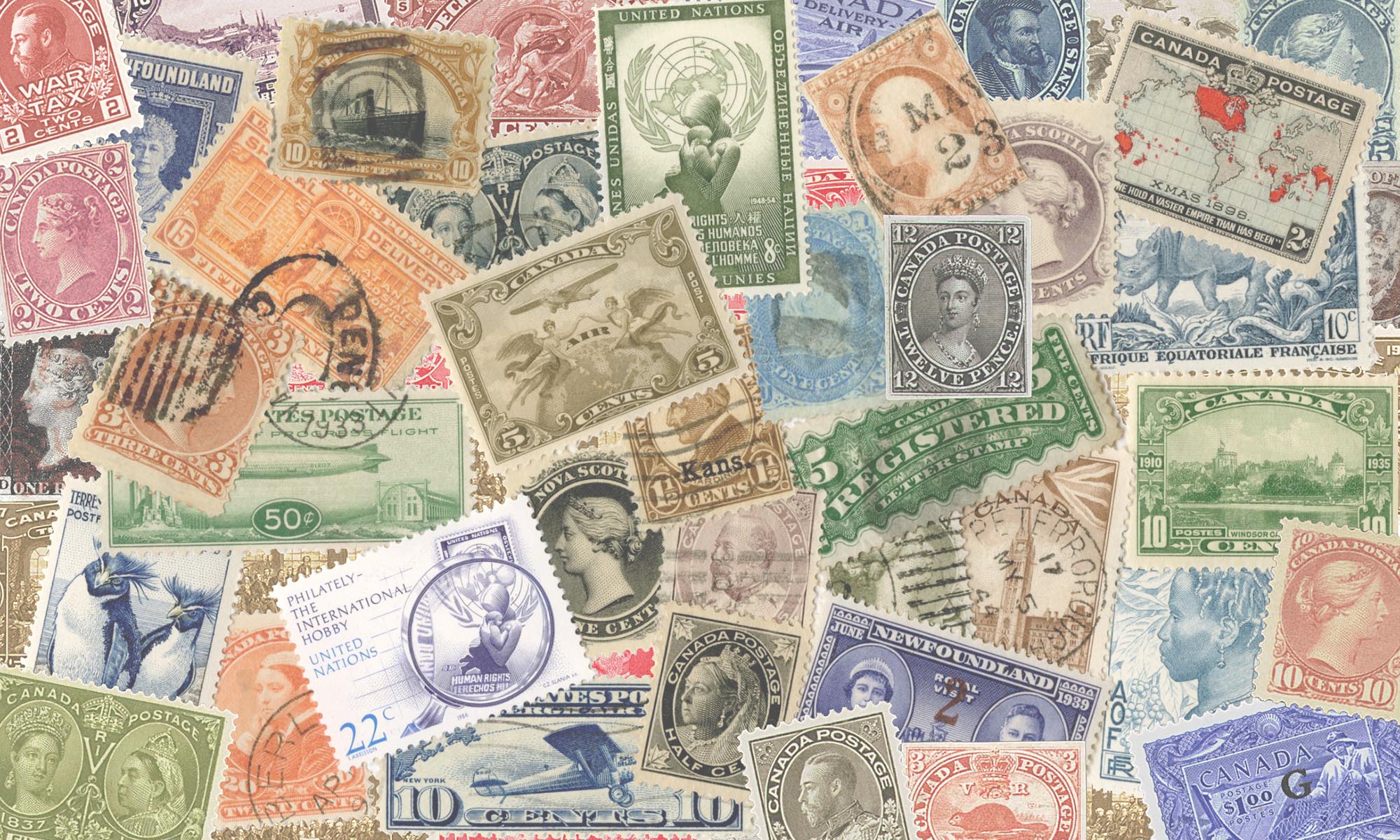By Garfield Portch FRPSC
Telling the story of the development of the Post Office in York and Toronto from the beginning to the death of Queen Victoria is an interesting challenge.
Although I have casually researched the subject for more than 25 years, I still have no idea of how many different date handstamps were used and even less of an idea of the number of other miscellaneous handstamps may have been employed. The number of combinations of uses will be formidable.
To try to make some sense of a complicated history, I have essentially chosen to break the study into the periods of service of the postmasters.
Although the story really begins with the incorporation of Toronto on March 6, 1834 it is important to appreciate the development of York from 1793 when John Graves Simcoe, Governor of Upper Canada, decided that his landing spot at Ashbridge’s Bay would be a favourable site for a new town until 1834 when the town was renamed Toronto.
In 1797 the population of York was only 241.
William Willcocks was not appointed as the first postmaster until 1797. In December 1801, Willcocks resigned in favour of William Allen who, in turn was replaced by Donald McLean in 1896. Allen was re-appointed in 1808 and served until he was succeeded by James Scott Howard (his assistant) in July 1828.
When Howard took the job, the post office was a building on the south side of Duke Street (now Adelaide) between Jarvis and George Streets. With the growth of the town and the increasing volume of mail, that building became obsolete because of its small capacity. Howard purchased land on Duke Street and built a new structure containing both the post office and a residence for his family at what is now “Toronto’s First Post Office” at 260 Adelaide Street.
In 1835 Howard was offered the position of Postal Surveyor of Upper Canada but declined the promotion preferring to remain Toronto’s postmaster.
Charles Albert Berczy took the position and positioned himself in the Toronto Post Office where he could observe and report on the goings-on of the friends and allies of William Lyon Mackenzie, newspaper publisher and Toronto’s first mayor. Mackenzie’s supporters were vigorously protesting the actions of the Family Compact, a pro-conservative group led by Lieutenant Governor Sir Francis Bond Head. On December 13, 1837 (two days after Mackenzie’s failed rebellion) Howard was dismissed and Berczy assumed the role of Toronto’s postmaster.
In April 1838, Berczy was officially appointed as the postmaster in Toronto. One of his early duties was to build a new post office at Yonge and Front Streets thus removing the office from Howard’s home.
During his tenure as postmaster, Berczy was active in other positions as well. He was a Director of the Bank of Upper Canada and the President of Consumer’s Gas Light & Water Company. The Postmaster General, W.H. Griffin, reported that Berczy “never distinguished himself”. He was dismissed in 1853 and committed suicide in 1859.
Joseph Lesslie was appointed postmaster in 1853. The City population in 1850 had grown to 25,166 and with that there was substantial growth in mail volume. The Post Office staff in 1854 had grown to seven clerks, two letter carriers, the postmaster and four other employees. During Lesslie’s term the Grand Trunk Railway was completed between Montreal and Toronto (1856) and mail leaving Toronto to the east went by rail. Additionally, in 1859 Canada switched to decimal currency and mail collection boxes were placed on Toronto streets.
Lesslie was pensioned off February 12, 1879 to make way for Thomas Charles Patteson who was owed political favours by John A. Macdonald. At the time of his departure, Lesslie’s postal staff included an assistant postmaster, 47 clerks, 36 letter carriers and several other general employees. By all accounts it appears that Lesslie was a competent postmaster and a well-liked civil servant.
Patteson assumed the role of Toronto’s fourth postmaster in 1879 and served in that position until his death in 1907.
The Toronto population continued to grow (86,400 in 1881) creating a need for expanding postal services. In 1880, Toronto added three new offices named Toronto West, Toronto North and Toronto East. Over the following 26 years another 24 locations were added in drug stores and other small shops with most being named after the street upon which they were situated. This expansion was the beginning of today’s system of postal outlets in small retail outlets.
Suffice to say that there is much more to the story of the post office in Toronto than this brief summary. I heartily recommend that any stamp collector entering the field of postal history take the challenge of studying his/her home town post office. One never knows what the story will reveal or where the trail will go.
